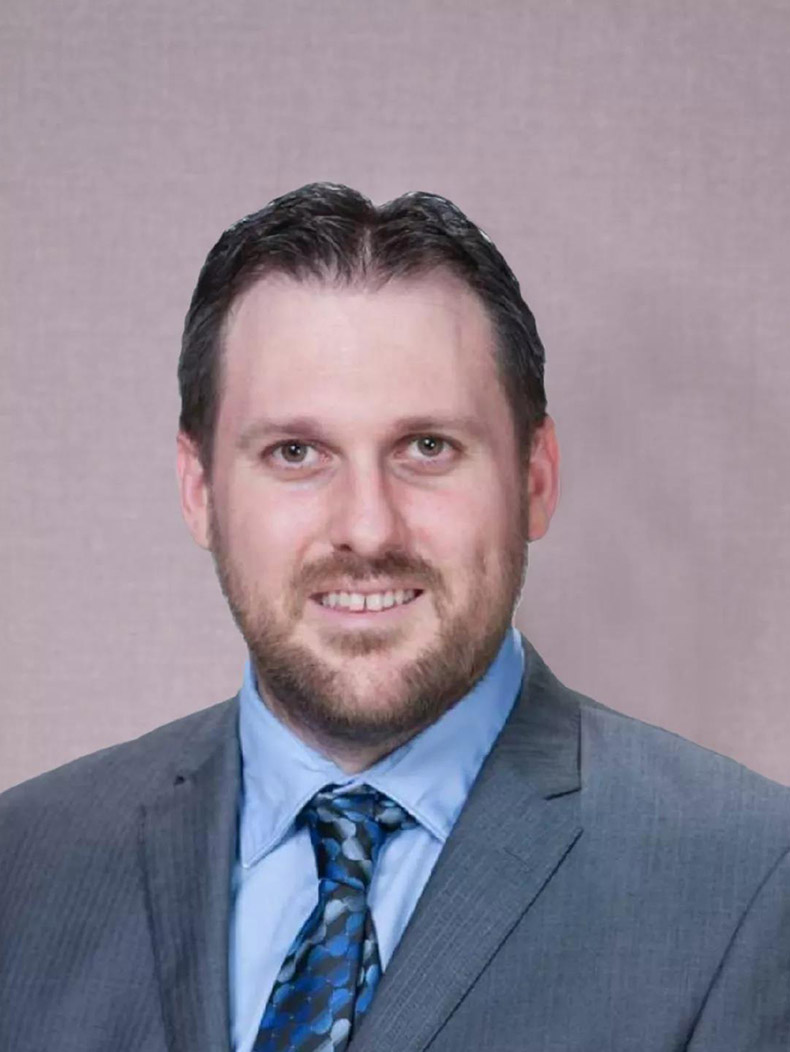
Matthew Miller
Secondary Maths/Economics & Business Studies
Matthew graduated with a Science major at the University of Queensland, Australia. After 3 years teaching ESL in Korean elementary schools, he returned to Australia to complete post-graduate qualifications in Commerce and Education at the same university.
Matthew taught at secondary schools in Australia and the UK, and at international schools in Saudi Arabia and Cambodia. Having taught Science in the past, he prefers teaching Mathematics. “Mathematics is a procedural skill, with plenty of student-centred, active learning opportunities in the classroom. The best lessons occur when I’m talking less.”
Having lived in China, China is the first nation in which Matthew has made an active attempt to learn the native language.
Teaching Experience
10 years of international education experience
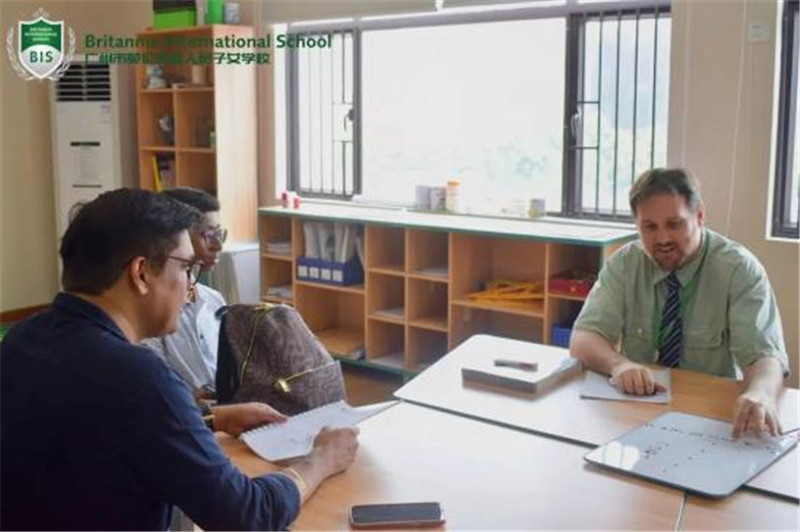

My name’s Mr. Matthew. I'm the secondary mathematics teacher at BIS. I have about 10 years of teaching experience and about 5 years of experience as a secondary teacher. So I did my teaching qualification in Australia in 2014 And I've been since then teaching at a number of secondary schools including three international schools. BIS is my third school. And it's my second school working as a mathematics teacher.
Teaching Model
Cooperative learning and preparation for IGCSE exams
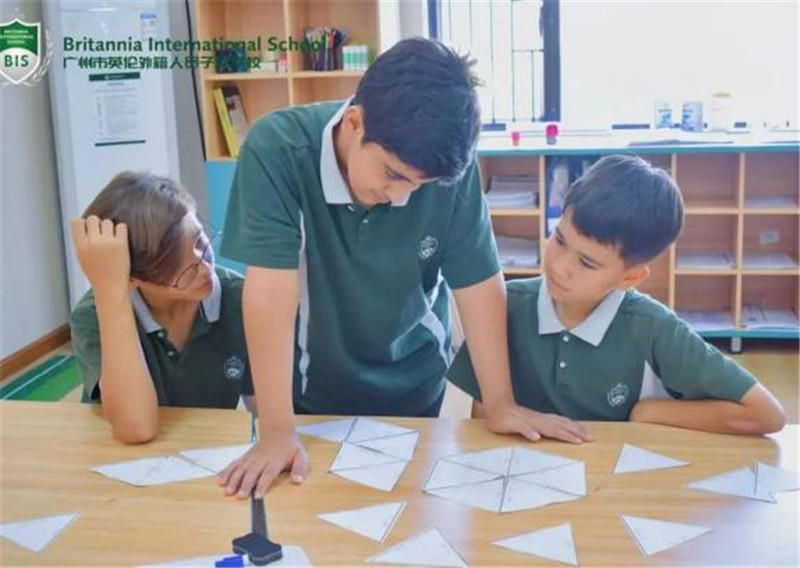

For now we focus on preparations for exams. So all the way from Year 7 to Year 11, it’s preparation for IGCSE exams. I do incorporate many students centered activities in my lessons, because I want the students to be talking most of the lesson time. So I've got a few examples here on how I can engage the students and have them working together and learning actively.
For instance, we used Follow Me Cards in class where these students work together in groups of two or groups of three and they just have to match one end of the card to the other. This isn't necessarily right that this has to match with that and then eventually makes a chain of cards. That's one type of activity. We also have another one called Tarsia Puzzle where it's similar although this time we've got three sides which they have to match and piece together and eventually it will form a shape. That's what we call it Tarsia Puzzle. You can use these sort of card exercises for many different topics. I can have the students working groups. We also have Rally Coach where the students take turns so the students will attempt and exercise while for another student, their partner will watch them, coach them and make sure they're doing the right thing. So they take turns doing that.

And actually some students do very well. We have another sort of activity Sieve of Eratosthenes. This is all about identifying Prime numbers. Like any opportunity I get to have the students work together, I printed out on A3 and I have them working together in pairs.
In my typical lesson, hopefully I'm only talking about 20 % of the time for no more than about 5 to 10 minutes at a time. The rest of the time, the students are sitting together, working together, thinking together and engaging in the activities together.
Teaching Philosophy
Learn more from each other
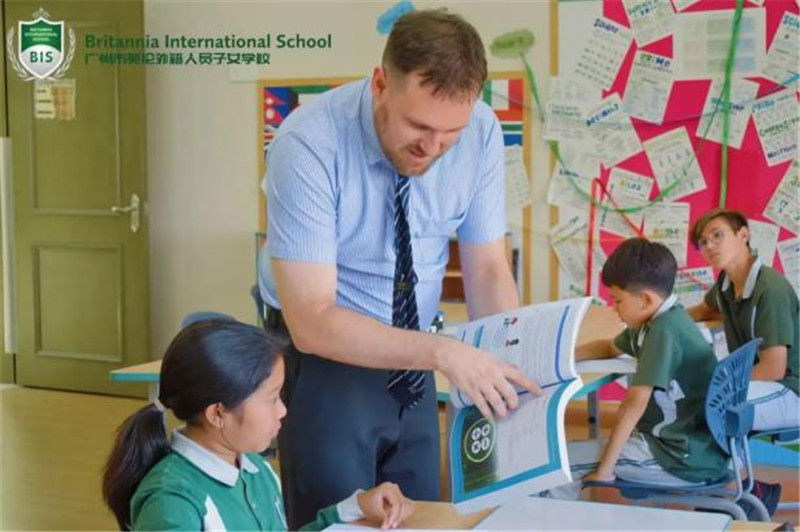
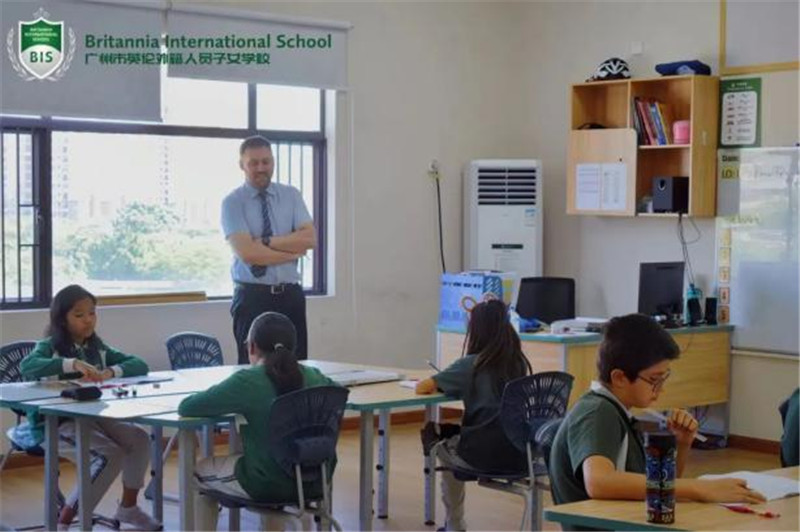
Sum them up in the philosophy, the students learn more from each other than they do from me. So that's why I prefer to call myself a learning facilitator where I provide the environment and the direction for students to engage independently lines of themselves and help each other. It's not just me at the front lecturing the whole lesson. Though from my point of view that wouldn't be a good lesson at all. I need the students to be engaging. And so I provide the direction. I have the learning objectives on the board every day. The students know exactly what they're going to engage in and learn. And the instruction is minimal. It's usually for activity instructions for the students to know exactly what they're doing. The rest of the time the students are engaging themselves. Because based on the evidence, students learn far more when they are actively engaged rather than just listening to a teacher talk all the time.
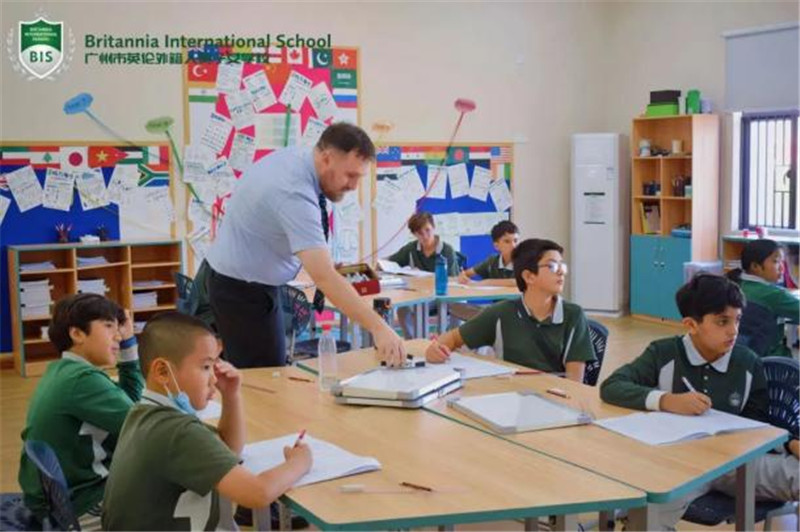
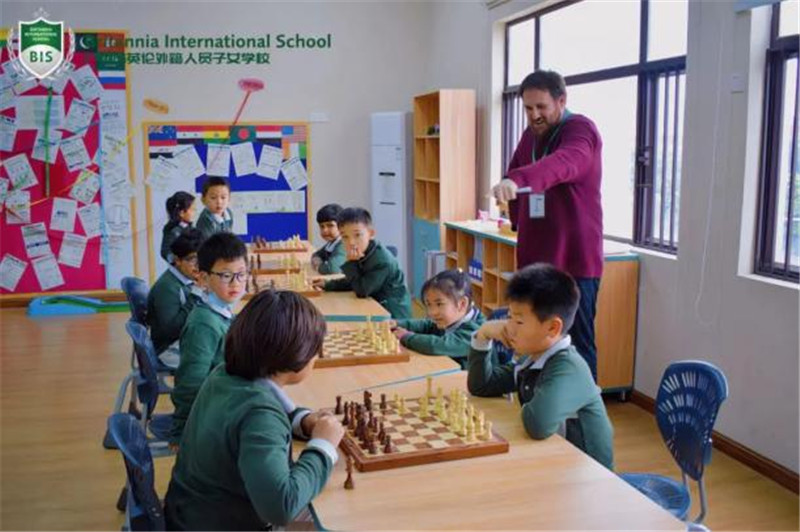
I did my diagnostic tests at the beginning of the year and it proved that the test scores improved. Also when you see the students in the classroom, it's not just an improvement in test scores. I can certainly determine an improvement in attitude. I like the students engaged from start to end each lesson. They're always doing their homework. And certainly the students are determined.
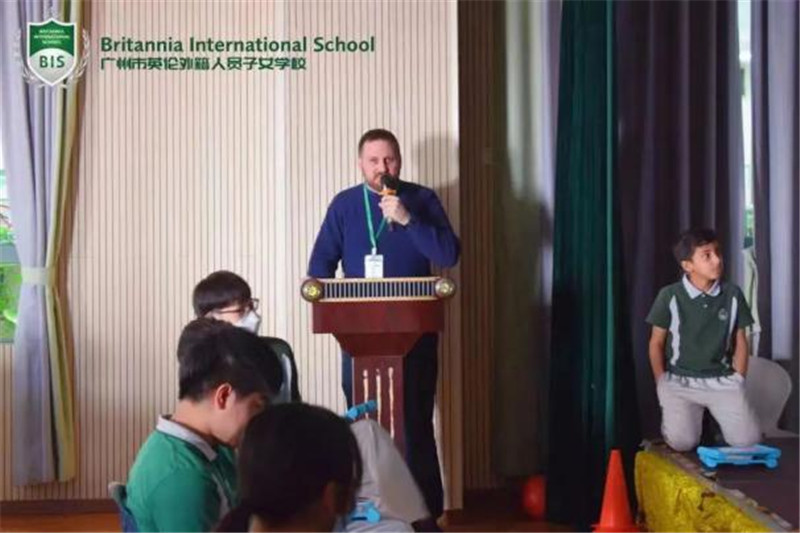
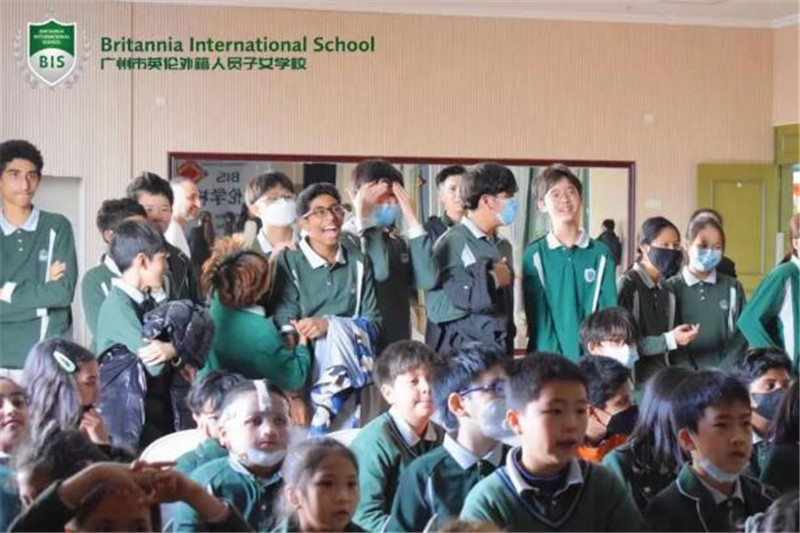
There were students who were constantly ask me all the time. They came up to me to ask “how do I do this question”. I wanted to reform that culture in the classroom instead of just asking me and seeing me as the go to guy. Now they're asking each other and they're helping each other. So that's part of the growth as well.
Post time: Dec-15-2022







